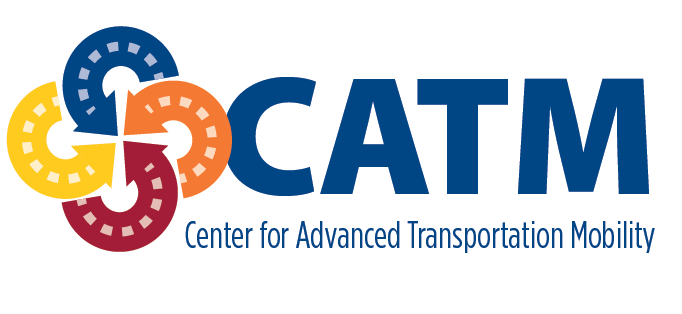Document Type
Article
Publication Date
7-2022
Keywords
point-process model, secondary crash, Akaike Information Criterion (AIC)
Abstract
Secondary crashes or crashes that occur in the wake of a preceding or primary crash are among the most critical incidents occurring on highways, due to the exceptional danger they present to the first responders and victims of the primary crash. In this work, we developed a self-exciting temporal point process to analyze crash events data and classify it into primary and secondary crashes. Our model uses a self-exciting function to describe secondary crashes while primary crashes are modeled using a background rate function. We fit the model to crash incidents data from the Florida Department of Transportation, on Interstate-4 (I-4) highway for the years 2015-2017, to determine the model parameters. These are used to estimate the probability that a given crash is secondary crash and to find queue times. To represent the periodically varying traffic levels and crash incidents, we model the background rate, as a stationary function, a sinusoidal non-stationary function, and a piecewise non-stationary function. We show that the sinusoidal non-stationary background rate fits the traffic data better and replicates the daily and weekly peaks in crash events due to traffic rush hours. Secondary crashes are found to account for up to 15.09% of traffic incidents, depending on the city on the I-4 Highway.
Recommended Citation
Namilae, Sirish; Liu, Dahai; and Parr, Scott, "Epidemiological Models for Transportation Applications: Secondary Crashes" (2022). Center for Advanced Transportation Mobility. 14.
https://digital.library.ncat.edu/catm/14


